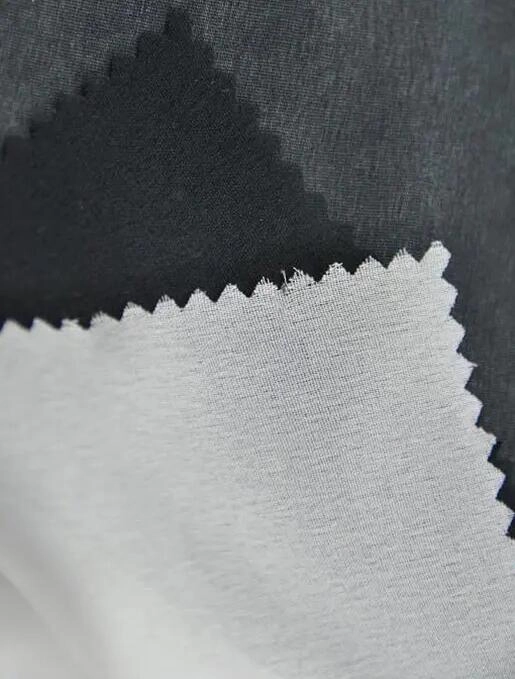In recent years, the textile industry has witnessed a remarkable transformation with the advent of innovative materials and technologies. One such game-changer that has caught the attention of fashion designers and manufacturers alike is woven interlining. With its remarkable versatility and enhanced performance, woven interlining has become an indispensable component in the creation of high-quality garments.
Woven interlining is a fabric that is used to reinforce and enhance the structure of clothing. It is primarily made from woven fibers such as cotton, polyester, or a blend of both. The interlining fabric is meticulously designed to provide support, stability, and shape retention to garments, resulting in a polished and professional finish.
What sets woven interlining apart from its counterparts is its exceptional strength and durability. Its tightly woven construction offers excellent resistance to tearing, fraying, and pilling, making it a reliable choice for various applications. Whether it's a delicate evening gown, a tailored suit, or a casual jacket, woven interlining provides the necessary reinforcement to ensure the longevity and structural integrity of the garment.
Moreover, woven interlining offers superior breathability and comfort. Its breathable nature allows air circulation, preventing garments from feeling stuffy or uncomfortable. This is especially beneficial in warmer climates or for individuals with sensitive skin who may experience discomfort with certain synthetic materials. With woven interlining, designers can create clothing that not only looks great but also feels comfortable to wear.
Another notable advantage of woven interlining is its ease of use during garment production. The fabric can be easily cut, sewn, and fused onto other fabrics, enabling seamless integration into the manufacturing process. Its ability to adhere well to different materials allows designers to experiment with various fabric combinations, adding depth and structure to their designs.
The demand for woven interlining has been steadily rising, with fashion brands recognizing its significant impact on the overall quality and aesthetics of their products. The fabric's versatility has made it a popular choice for both high-end couture and ready-to-wear collections. Additionally, woven interlining has found applications beyond clothing, such as in the production of bags, hats, and upholstery.
As sustainability becomes an increasingly important aspect of the fashion industry, woven interlining offers a greener alternative. Many manufacturers are now producing eco-friendly interlining fabrics made from recycled fibers, reducing waste and promoting a more sustainable approach to garment production.
In conclusion,
woven interlining has emerged as a game-changer in the textile industry, revolutionizing the way garments are made. Its exceptional strength, durability, breathability, and ease of use have garnered attention from fashion designers and manufacturers worldwide. As the demand for high-quality, long-lasting garments continues to grow, woven interlining will undoubtedly remain at the forefront of the industry, shaping the future of fashion.

